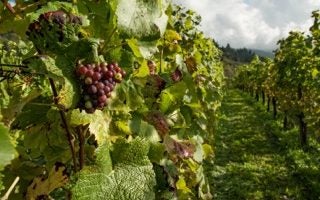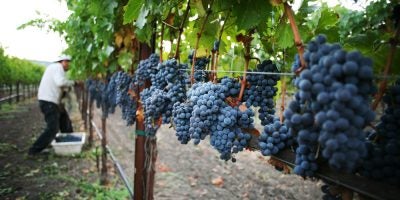Abstract:
We use newly constructed data to model and measure agricultural productivity growth and the returns to public agricultural research conducted in Uruguay over the period 1961–2010. We pay attention specifically to the role of levy-based funding under INIA, which was established in 1990. Our results indicate that the creation of INIA was associated with a revitalization of funding for agricultural R&D in Uruguay, which spurred sustained growth in agricultural productivity during the past two decades when productivity growth was stagnating in many other countries. The econometric results were somewhat sensitive to specification choices. The preferred model includes two other variables with common trends, a time-trend variable and a proxy for private research impacts, as well as a variable representing the stock of public agricultural knowledge that entailed a lag distribution with a peak impact at year 24 of the 25- year lag. It implies a marginal benefit-cost ratio of 48.2, using a real discount rate of 5 percent per annum and a modified internal rate of return of 24% per annum. The benefit-cost ratio varied significantly across models with different lag structures or that omitted the trend or the private research variable, but across the same models the modified internal rate of return was very stable, ranging from 23% per annum to 27% per annum. These results suggest that the revitalized investment in research spending under INIA has been very profitable for Uruguay, and that a greater rate of investment would have been justified.
See PDF of the paper here: The Economic Returns to Public Agricultural Research in Uruguay. José E. Bervejillo, Julian M. Alston, and Kabir P. Tumber (2011). RMI-CWE Working Paper number 1103.







